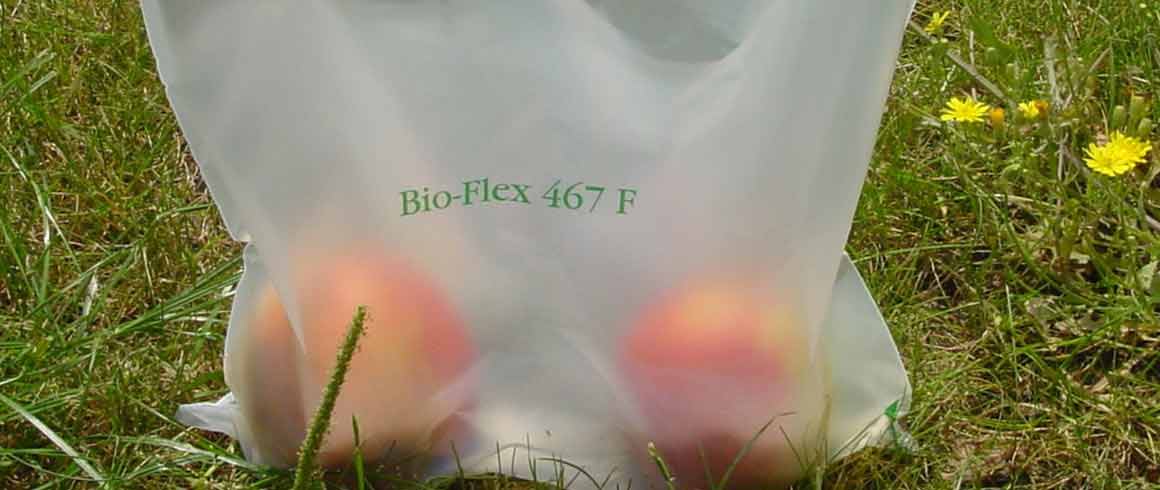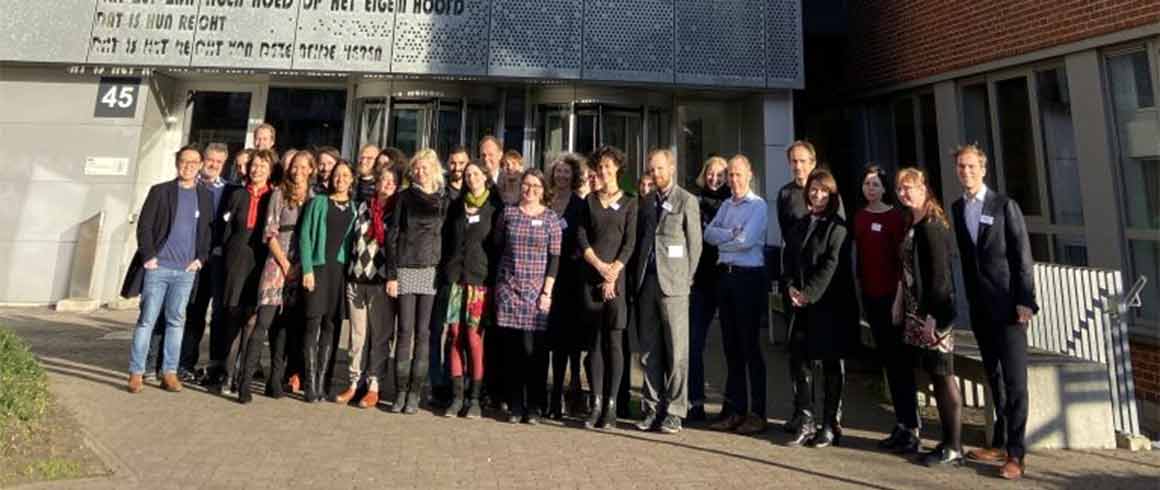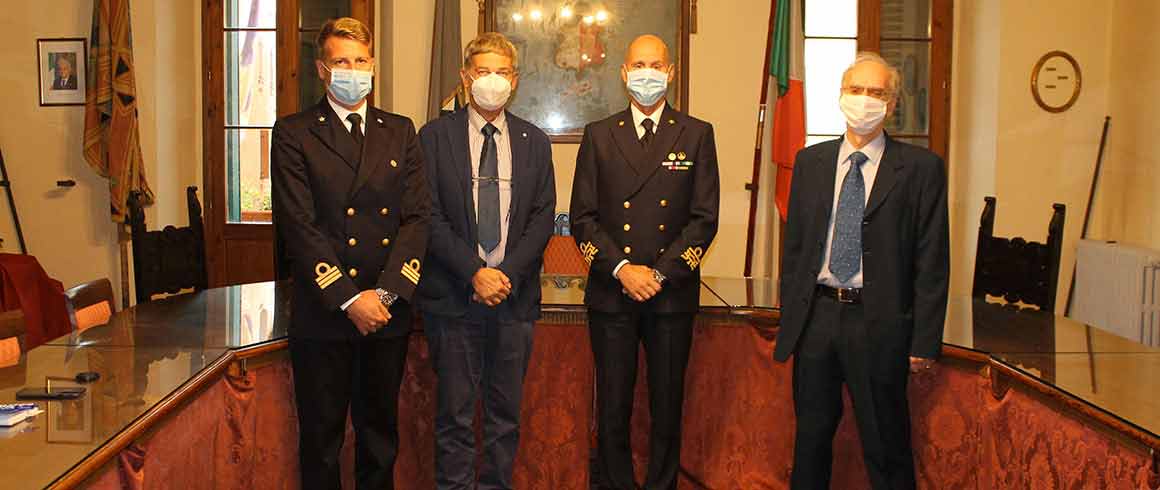What happens to bioplastics once they arrive in industrial plants for the collection of the organic fraction? Do they biodegrade as promised? This question is the starting point for the research developed by the Faculty of Agriculture, Food, and Environmental Sciences of Università Cattolica del Sacro Cuore, which is investigating about the degradation of two of the bioplastics most widely available on the market today: bags for the separate collection of wet waste, made up of a starch-based mixture, and bottles of polylactic acid (PLA).
Ascolta "Bioplastics: How Biodegradable Are They?" su Spreaker.
«These materials are the result of research aimed at finding a sustainable alternative to plastics originating from fossil fuel sources» said Francesca Bandini, PhD student at the Doctoral School on the Agro-Food System and first author of the study. «Bioplastics, i.e. plastics from renewable resources, can be degraded in the environment thanks to the action of microorganisms and, under certain conditions of time, temperature and humidity».
But, in practical terms, does everything work as expected?
«To faithfully simulate the disposal process, in our study we have adopted the time and temperature conditions of a real municipal solid waste treatment plant which consists of a first phase of anaerobic digestion (no oxygen) and a second phase of aerobic composting (in the presence of oxygen). We evaluated biodegradability based on the weight loss of the bioplastics tested and the production of methane, verified the quality of the final compost through phytotoxicity tests on different seeds and, finally, developed physical-chemical tests to evaluate the thermal and structural characteristics of the materials before and after treatment».
What were the findings? Is bioplastics really biodegradable?
«The results of the first analysis, which will require more in-depth validation in pilot plants, seem to confirm the lack of biodegradation of PLA under anaerobic conditions and the presence of still visible traces of PLA in the final compost. Our analyses have also shown that, during composting, this material causes a significant increase in acidity in the obtained soil improver, with a negative impact on the germinability of tomato and lettuce. Starch-based bioplastics, on the other hand, were found to be totally biodegradable in an anaerobic environment and they do not affect the quality of the final compost, whose pH is actually close to neutrality».
Therefore, we can say that some bioplastics, those derived from polylactic acid, do not biodegrade as promised. Is it therefore worth continuing to market them, giving consumers the illusion that they are making an ecological choice by buying them?
«Despite the fact that today bioplastics represent a limited market, about 1% of the 359 million tonnes of plastic annually produced in the world, these materials are destined to grow in the future for environmental, economic, and social reasons. For this reason, it is appropriate that these polymers, in addition to meeting the requirements of the European standard EN13432, are subject to careful evaluation in relation to the actual conditions of the plants where the treatment takes place. Moreover, also in view of their future development, it is necessary to study their real destiny in order to guarantee their correct management and maximum efficiency in terms of biogas produced and quality compost obtained. On this aspect, research can do much to implement the process and promote microbial degradation and pH correction activities».
Hence, there is a problem with the treatment of certain bioplastics, which may affect their actual biodegradability. But this is not the only problem, if we consider the high presence of traditional plastics mixed with bioplastics in the collection plants.
«As a matter of fact, many biopolymers are often confused by the consumer because they look similar to plastics of fossil origin. Conversely, non-biodegradable plastics are often found in the collection of the organic fraction. Our next studies will involve new bioplastic products (such as disposable cutlery) in pilot plants and will assess the problem of cross-contamination between traditional plastics of fossil origin and those of biological origin, which are chemically very different materials and intended for processes that should be well separated».





